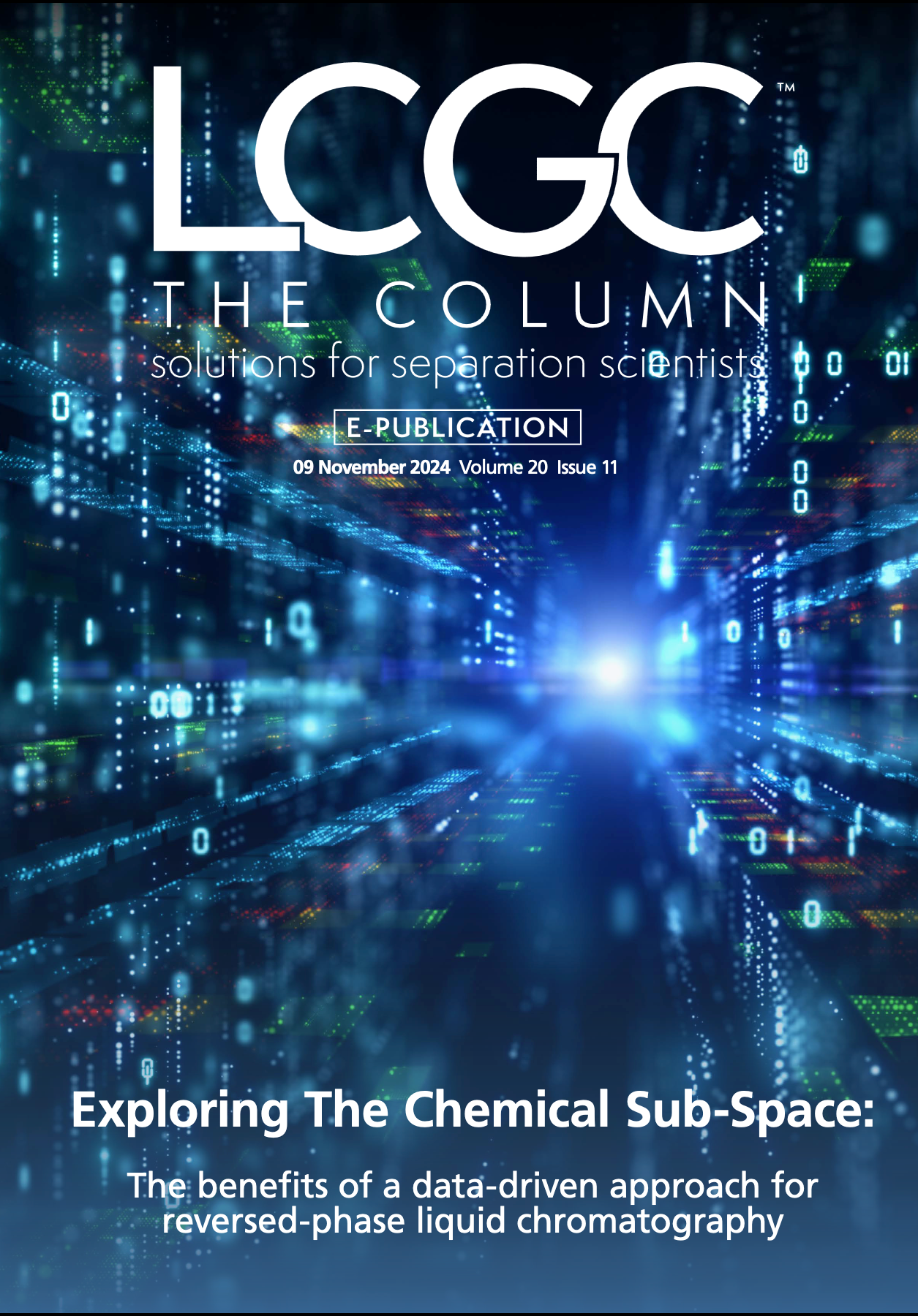Hydrophobic Interaction Chromatography Used to Remove Antibody Impurities
Scientists from Bristol Myers Squibb and Sanofi in Devens, MA and Waltham, MA, respectively, recently tested a new means of using hydrophobic interaction chromatography (HIC) for removing product-related impurities in monoclonal antibodies (mAbs). Their findings were published in the Journal of Chromatography A (1).
The medical idea of human cell receptor antibodies | Image Credit: © jitendra jadhav - stock.adobe.com

Monoclonal antibodies are a type of man-made protein that act like human antibodies in the immune system (2). They are used to treat many diseases, including some types of cancer. With new therapeutic modalities being discovered, such as bispecific and trispecific antibodies, antibody drug conjugates, and other biologic therapeutics, and higher titers (a measurement of the amount or concentration of a substance in a solution, typically referring to how many antibodies are found in one’s blood) being achieved via advanced upstream processes, effective and efficient purification design is vital in downstream manufacturing (3). Hydrophobic interaction chromatography (HIC) has recently emerged as a promising technique for biomolecule purification. HIC resins separate proteins based on surface hydrophobicity, with protein adsorption and desorption typically governed by the concentration of kosmotropic salts in the buffer solution (1).
Due to molecular similarity, product-related impurities can be challenging to remove during the monoclonal antibody (mAb) purification process. Frontal chromatography HIC resins have demonstrated capability for effectively removing said impurities, but process improvements that emphasize purity levels lead to yield losses. In this study, the scientists presented an HIC process using a multicolumn continuous chromatography (MCC) concept and frontal analysis to remove a high prevalence product-related impurity. While MCC has previously been employed for separating high molecular weight species and charge variants, this work also showed the concept is also applicable for separating low molecular weight mAb variants (1).
This design uses a two-column continuous system, where the two columns are directly connected during the product chase step, which allows product wash loss to be captured without any in-process adjustment. HIC resins and mobile phases were screened, and an optimal condition was selected. As part of this, not only did the model achieved successful batch separation, but a continuous process was developed to increase productivity (1).
The polished MCC operation showed a 10% yield increase while maintaining 99% purity, despite 20% product-related impurities being present in the feed material. One challenge associated with polished MCC design was that the accumulation of the impurities renders a non-steady state recycling. To deal with this issue and ensure a robust process, a mechanistic model was developed and validated to predict multicomponent breakthrough, as well as multiple cycle behavior, and account for increased impurity concentration. When assisted by this model, the optimized operation parameters and conditions could be determined to account for variation in product load quality (1).
While the process seems to yield positive results, there are more developments to be made for further improvement. According to the scientists, “An in-depth understanding of the fundamental competitive binding mechanism of the HIC surface remains to be studied to further increase recoverable yield and hence increase productivity” (1). Regardless, this polishing MCC process shows promise as a new tool for facilitating intensified biomanufacturing processes, with the model in this work supporting process characterization and optimization.
References
(1) Wang, Y.; Bhaskar, U.; Chennamsetty, N.; Noyes, S.; Guo, J.; Song, Y.; Lewandowski, A.; Ghose, S. Hydrophobic Interaction Chromatography in Continuous Flow-Through Mode for Product-Related Variant Removal. J. Chromatogr. A 2024, 1736, 465356. DOI: 10.1016/j.chroma.2024.465356
(2) Monoclonal Antibodies and Their Side Effects. American Cancer Society 2024. https://www.cancer.org/cancer/managing-cancer/treatment-types/immunotherapy/monoclonal-antibodies.html (accessed 2024-10-16)
(3) Titer. MedlinePlus 2024. https://medlineplus.gov/ency/article/002328.htm (accessed 2024-10-16)

Altering Capillary Gas Chromatography Systems Using Silicon Pneumatic Microvalves
May 5th 2025Many multi-column gas chromatography systems use two-position multi-port switching valves, which can suffer from delays in valve switching. Shimadzu researchers aimed to create a new sampling and switching module for these systems.
New Method Explored for the Detection of CECs in Crops Irrigated with Contaminated Water
April 30th 2025This new study presents a validated QuEChERS–LC-MS/MS method for detecting eight persistent, mobile, and toxic substances in escarole, tomatoes, and tomato leaves irrigated with contaminated water.
Accelerating Monoclonal Antibody Quality Control: The Role of LC–MS in Upstream Bioprocessing
This study highlights the promising potential of LC–MS as a powerful tool for mAb quality control within the context of upstream processing.

.png&w=3840&q=75)

.png&w=3840&q=75)



.png&w=3840&q=75)



.png&w=3840&q=75)

















